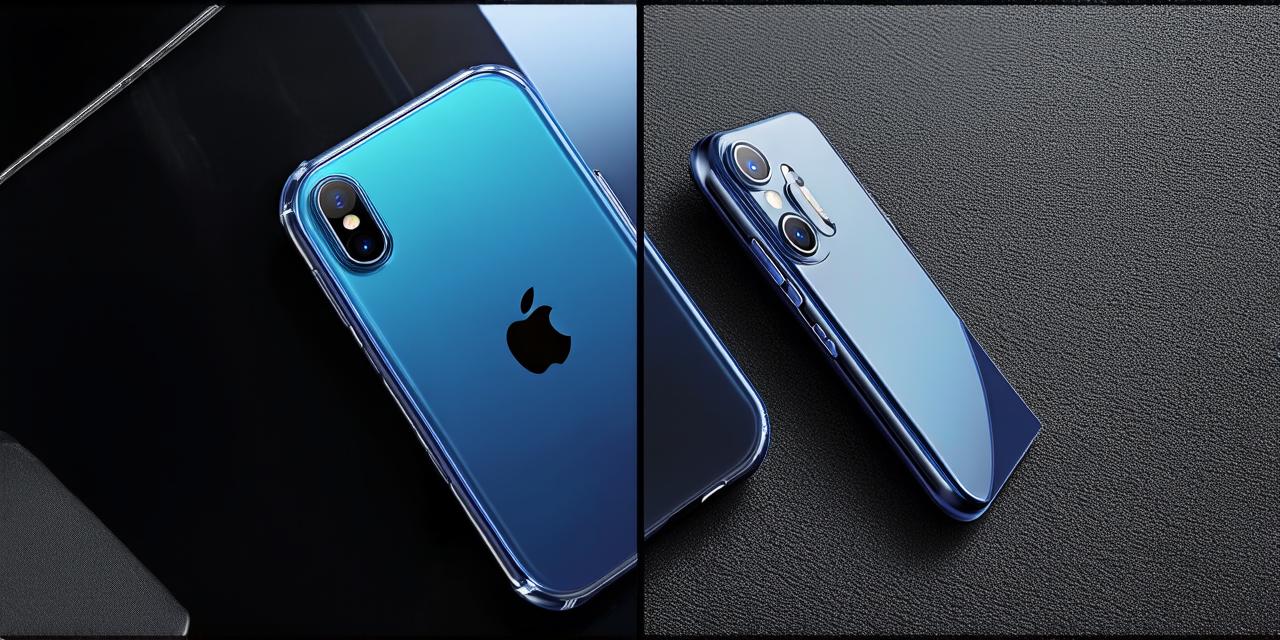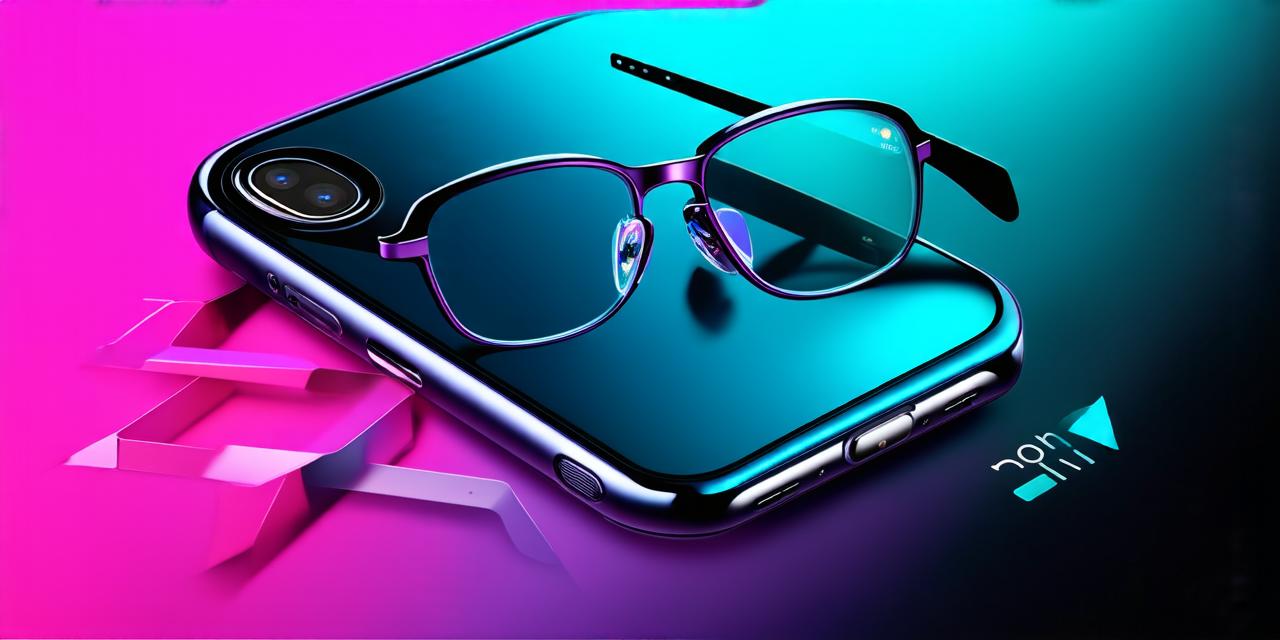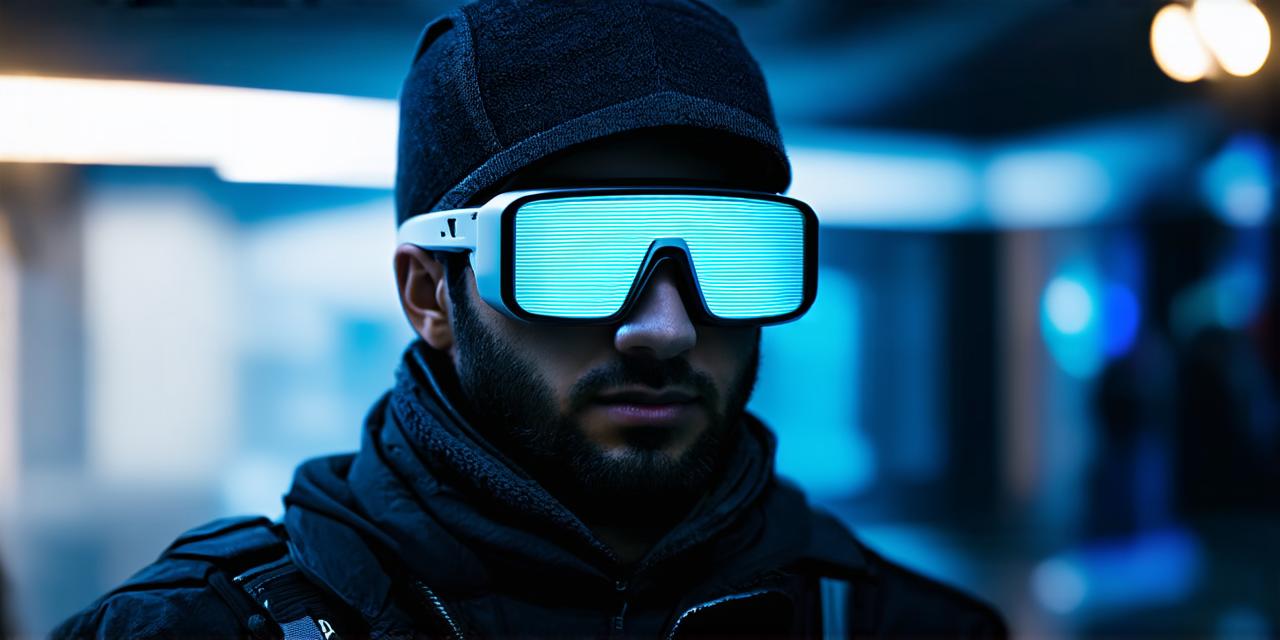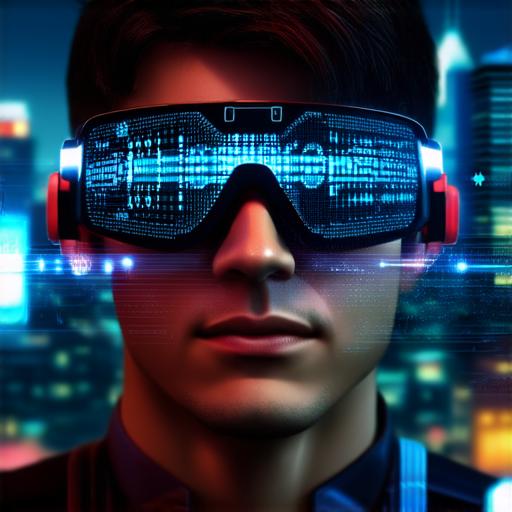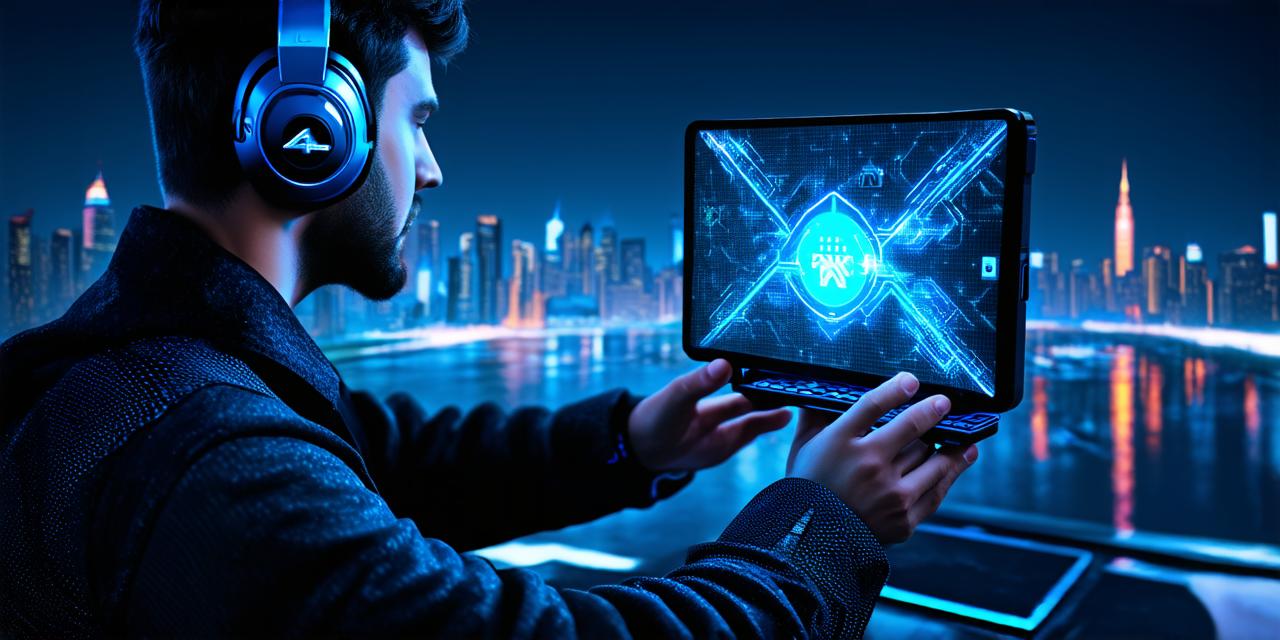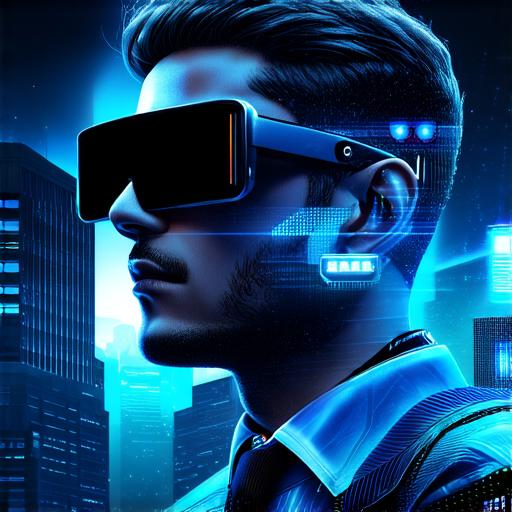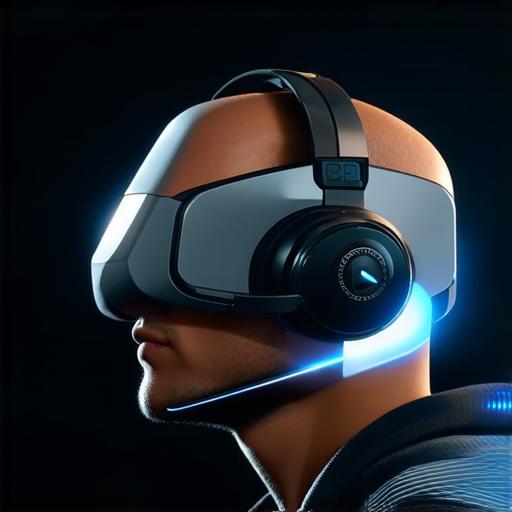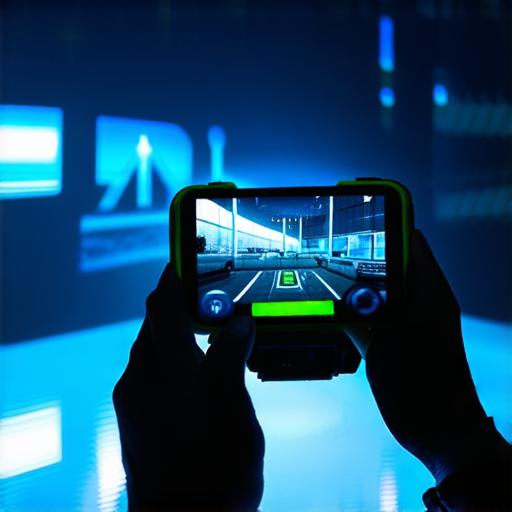How to enable augmented reality on an iPhone
If you’re an AR developer looking to enhance your app with the latest technology, augmented reality (AR) is a must-have feature. AR enables users to experience virtual objects in their physical environment, providing endless possibilities for immersive and interactive experiences.
Enabling AR on Your iPhone
Before you begin, make sure your iPhone is running the latest version of iOS (currently iOS 15). You can check which version of iOS you have by going to Settings > General > About. If it isn’t the latest version, update to the latest version and then continue with this guide.
Step 1: Open the ARKit Framework
The first step in enabling AR on your iPhone is to open the ARKit framework. To do this, go to Xcode > Project Navigator > Your Project > Frameworks, Libraries, and Embedded Content > ARKit. This will take you to the ARKit framework’s settings page.
Step 2: Enable AR Capabilities
Once you’re in the ARKit settings page, look for the "AR Capabilities" section. Here, you can enable AR capabilities on your device. Make sure that "Device" is selected and then select "All Scene Views." This will ensure that your app has access to all the AR features available on your iPhone.
Step 3: Set Up Your Scene View
The next step is to set up your scene view. To do this, go to Main.storyboard and add a new UIView to your view controller’s scene. Then, drag and drop the ARSCNView into the new UIView. This will create an ARSCNView that you can use to display AR content in your app.
Step 4: Create Your AR Scene
Once you have set up your scene view, you’ll need to create your AR scene. To do this, go to File > New > Scene or right-click on your project in the Project Navigator and select "New Scene." This will open a new scene file that you can use to design your AR content.
Designing Your AR Content
Now that you have set up your scene view and created your AR scene, it’s time to start designing your AR content. Here are some tips to help you create engaging and immersive experiences:
- Keep it Simple
AR is all about creating immersive and interactive experiences. However, it’s important to remember that users should be able to understand and interact with your app quickly and easily. Keep your AR content simple and intuitive, using clear instructions and feedback to guide users through the experience.
2. Use 3D Models
AR is all about creating a sense of depth and realism in virtual objects. To do this, use high-quality 3D models that are optimized for AR. You can find free 3D models online or create your own using tools like Blender or Maya.
3. Optimize Your Scene for Performance
AR experiences require a lot of processing power to run smoothly, especially on older devices like the iPhone X and earlier. To optimize your scene for performance, use techniques like mesh simplification and texture compression to reduce file sizes and improve loading times. You can also use tools like ARKit’s profiler to identify areas where your app is struggling and make improvements.
4. Test on Real Devices
Before releasing your AR app, it’s important to test it on real devices to ensure that it works as expected. Use Apple’s device lab or other testing services to test your app on a variety of devices, including older models and those running the latest versions of iOS.
FAQs
Here are some common questions and answers about enabling AR on an iPhone:
Q: What devices support AR?
A: All iPhone models running iOS 12 or later support AR. However, newer devices like the iPhone 12 Pro and 12 Pro Max have more powerful hardware that can handle more complex AR experiences.
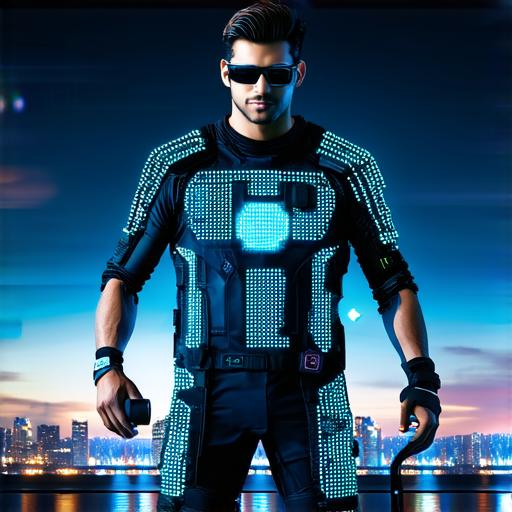
Q: How do I add an AR feature to my existing app?
A: To add AR features to an existing app, you’ll need to update your code to include ARKit or SceneKit frameworks. You can follow the steps outlined in this guide to get started.
Q: What is the best way to optimize my AR scene for performance?
A: To optimize your AR scene for performance, use techniques like mesh simplification and texture compression, and test your app on real devices to identify areas where it may be struggling.
Conclusion
Enabling augmented reality on an iPhone is a great way to enhance your app’s user experience and provide immersive and interactive experiences. By following these steps and tips, you can create engaging AR content that keeps users coming back for more. Remember to keep it simple, use high-quality 3D models, optimize for performance, and test on real devices before releasing your app. With these tools and techniques, you’ll be well on your way to creating the next big thing in AR development.
